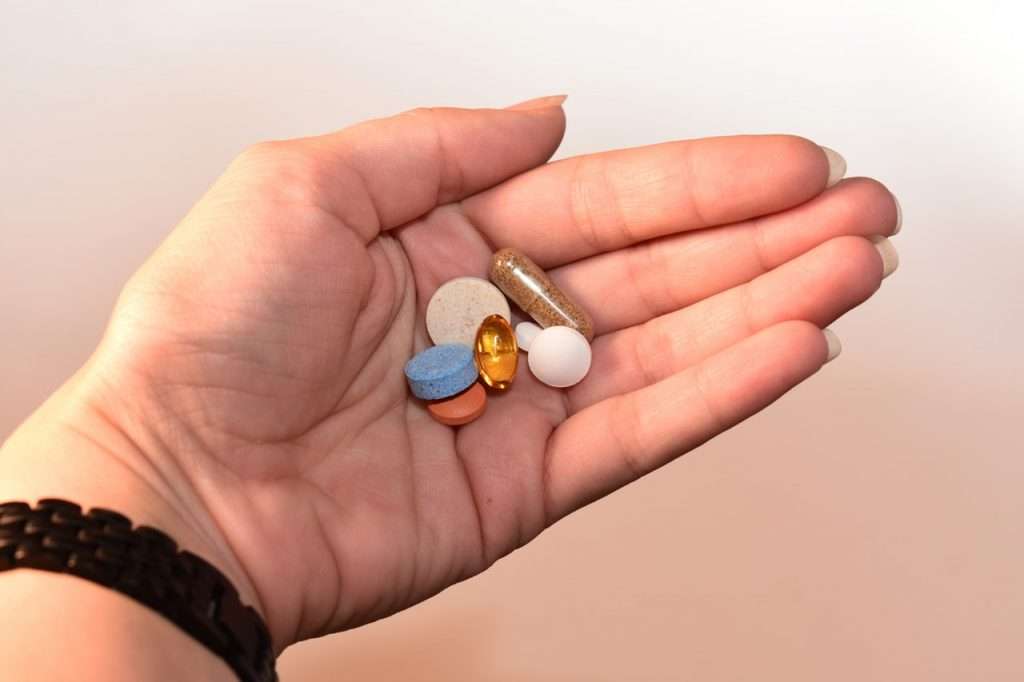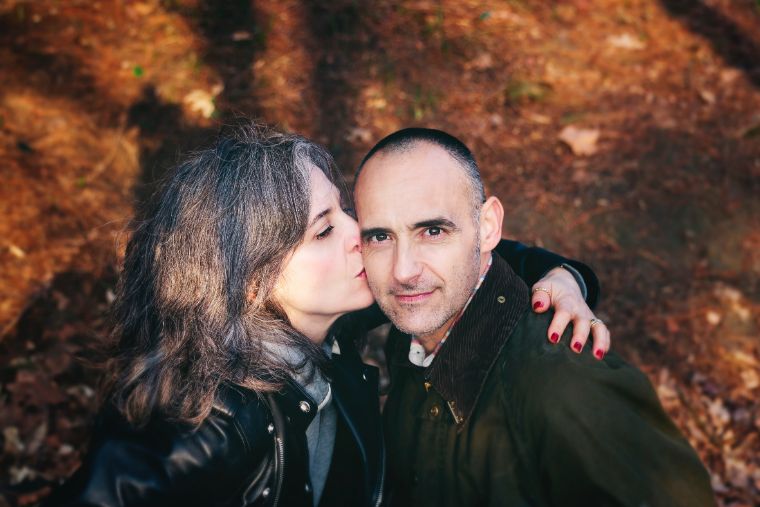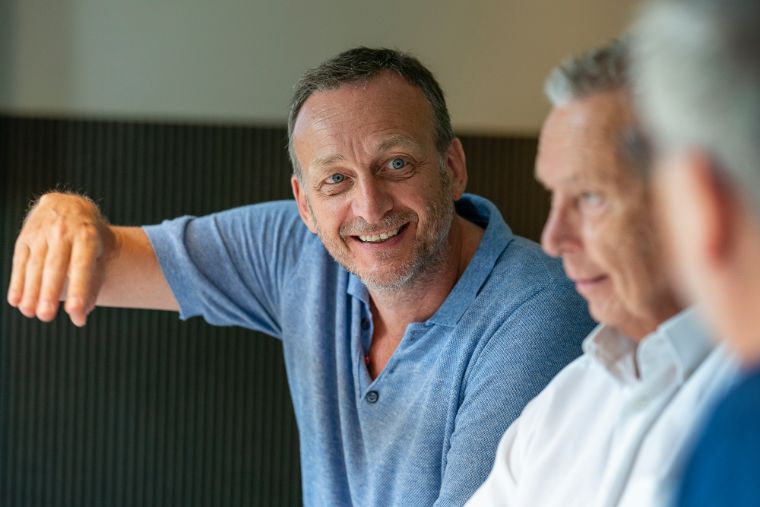In recent years, a new type of drug has entered the market: legal highs. These are new psychoactive and illicit drugs that were not originally prohibited by law – hence their reputation as “legal”. They included bath salts (cathinone), 2C-B, MCAT and synthetic stimulants, among others.
“Legal highs” are new psychoactive substances that can be easily purchased from various sources like head shops, gas stations, and online. These drugs are often called designer drugs because they are created to imitate the effects of well-known illegal substances such as cocaine, cannabis, and MDMA. The chemicals used to make these drugs are constantly changing, making them difficult to regulate and monitor.
The legal status of these substances is ambiguous because manufacturers keep modifying the chemical composition to stay ahead of the law. When one form of the drug is made illegal, they slightly alter the formula to create a technically different and “legal” substance. This constant evolution makes it challenging to understand the full range of effects and dangers associated with these drugs.
It’s important to remember that just because these drugs are sometimes called “legal,” it doesn’t mean they are safe. In fact, they can be extremely addictive and cause serious psychological and physical harm. The most popular designer drugs include MCATs (mimicking cocaine and MDMA) and Spice (a synthetic version of cannabis).
If you or a loved one is struggling with addiction to synthetic drugs, seeking professional help is crucial. At Cornerstone, we offer comprehensive addiction treatment plans that provide round-the-clock support from medical professionals to help you overcome substance use disorders and achieve lasting recovery.
What Do Synthetic Drugs Do?
The dangers of these new psychoactive drugs lie in the fact that their consequences are mostly unknown. Reports have been increasing about the actual effects of these substances, which can range from feelings of relaxation and detachment from reality to anxiety, paranoia, aggression, and panic attacks. However, due to insufficient testing and the unknown chemical composition of each substance, the full extent of their implications remains unclear. This lack of knowledge makes it extremely difficult for medical professionals to regulate and combat these drugs effectively.
If left untreated, addiction to psychoactive drugs can rapidly escalate and lead to severe consequences. As users become more dependent on these substances, their social life, work-life, and personal life will all deteriorate. Moreover, there are serious negative effects on the individual’s physical and mental health. These consequences may even trigger secondary addictions to other substances or harmful behaviors.
What Causes an Addiction to Legal Highs?
At Cornerstone, we view addictions as part of a psychological process called positive reinforcement. This means that a person is motivated to repeat a behavior when the outcome is rewarding. In the case of legal highs, the desired outcome is a state of relaxation, euphoria, confidence, and focus. If someone is unable to achieve these feelings naturally, they may continue to use these substances to experience them. The difference between occasional use and addiction often depends on how a person responds to and manages this pattern of behavior.
Research studies have identified several factors that can make a person more susceptible to this kind of addiction:
- Family history: If a close family member struggles with substance abuse, their behavior may be seen as normal or even encouraged.
- Mental health issues: People struggling with mental health problems like depression or anxiety may turn to legal highs as a way to cope with their symptoms.
- Trauma: Legal highs may be used to mask the pain of traumatic experiences such as divorce, bereavement, or job loss.
Symptoms of New Psychoactive and Illicit Substance Addiction
The signs and symptoms of these new psychoactive drugs are wide-ranging, and each effect will vary with every drug. To combat the early stages and address some uncertainty, we have put together a list of general signs and symptoms that would suggest you or a loved one may be suffering from addiction. These include:
- An increased tolerance to ‘legal highs’, that requires a need to take more and more often to reach the same ‘high’
- Feeling compelled to take ‘legal highs’
- A continued dependence on these drugs, even when made aware of the negative consequences
- Experiencing withdrawal symptoms when trying to stop, cut down, or being unable to access ‘legal highs’
- Remaining isolated instead of attending social occasions
- Neglecting responsibilities and self-care
- Impaired ability to complete everyday, cognitive tasks
- Irregular sleeping patterns, along with intense and vivid nightmares
- Only spending time with people who use ‘legal highs’
- Significant weight loss or gain, due to a fluctuating appetite
- Noticeable behavior change
Different Types of Novel Psychoactive Substances
New psychoactive and illicit drugs can be categorized under one of four classifications: Stimulant addictions, tranquilizers, synthetic hallucinogens or psychedelic addictions, and synthetic cannabinoid addictions. These all have different effects and consequences, so it is important to try and understand how they differentiate.
Stimulant addictions
These ‘legal highs’ were designed to replicate the effects of amphetamines, cocaine, and MDMA. These include feelings of elation, confidence, energy, and focus, with the most well-known substance being mephedrone (MCAT). These initial positive sensations can soon become unpleasant and unbearable. They include:
- Panic, anxiety, and depression
- Disorientation
- Paranoia, in this case, is a feeling like someone is watching or plotting against you
- Depleted immune system
- Problems with the heart and nervous system
- Lowered inhibition and lack of awareness
- Uncontrolled and often agitated speech
Tranquilizers or ‘downer’ addictions
More commonly known as ‘downers’, tranquilizer addictions are designed to mimic the effects of benzodiazepines, like Valium. These include feelings of relaxation, sleepiness, and joy. A common ‘legal high downer’ is gamma-hydroxybutyrate (GHB), which can cause the following symptoms:
- Fatigue
- Delayed responses
- Lack of focus
- Motor coordination impairment
- Difficulty retaining information
- Anxiety
- Falling unconscious, into a coma, or in some cases dying. This happens when these substances are combined with other ‘downer’ drugs or alcohol
Hallucinogen or psychedelic addictions
These are created as a cheaper alternative to drugs like 2C-B, LSD, and ketamine. They can cause intense hallucinations and distort surroundings, time and reality. The most common types are NBOMe, or ‘N-Bomb’ and Methoxetamine, and symptoms include:
- Intense joy
- A feeling of dissociation between the mind and body
- Disorientation
- Fear and anxiety
- Unpredictable and irrational behavior
- Self-harm
- Poor decision making and a lack of awareness
Synthetic cannabinoid addictions
The most well-known drugs in this category are ‘Spice’, ‘Clockwork Orange’, and ‘Black Mamba.’ These are all designed to replicate the effects of cannabis, with feelings ranging from relaxation to periods of intense energy. Other symptoms include:
- Looking ‘zombie-like’, especially after consuming the spice drug
- Damage to the central nervous system
- Induced seizures
- High heart rate, temperature, and blood pressure
- Increased perspiration
- Anxiety and panic
- Aggression
These particular substances are difficult to monitor as they are often sold in ‘harmless’ packaging, or labeled as plant food. This is of course to avoid detection, but do not be fooled by harmless marketing – these are illegal and incredibly harmful.
Self-Help Tips for Dealing with New Psychoactive and Illicit Substance (‘Legal High’) Addiction
The first steps of any addiction are usually the hardest. Coming to terms with your issue is challenging and sometimes it is difficult to know what to do next. Here are some useful suggestions that will help you through the early stages of addiction:
- Be open and honest about how much and how often you are taking ‘legal highs’
- Accept what was once an apparently harmless relationship with ‘legal highs’, has now become problematic and you are no longer in control
- Make initial changes in your life to avoid negative influences. This may involve not seeing people who have previously encouraged or enabled your use of ‘legal highs’
- Prepare to make lasting changes, so you optimize your entire treatment process and maintain recovery
- Accept that beating your addiction is challenging and requires cooperation from you every step of the way
New Psychoactive and Illicit Substance (‘Legal High’) Addiction Treatment
Like all of our cases of drug addiction, treatment usually lasts around 28-days. During this time, patients take part in an intensive residential program at our treatment center. We understand that every addiction is unique. Each person responds differently to their particular treatment program, and their specific substance. Therefore, every treatment and recovery procedure will vary, depending on that specific individual. Following assessments from our team of medical professionals, we are given a much clearer idea of how long your treatment will last.
Read more: Drug Rehab Center Orange County
At Cornerstone, new psychoactive drug addiction is built upon a 12-step addiction treatment model. This is modeled around the Alcoholics Anonymous organization’s (AA) abstinence program, but also takes into account the specific needs of each patients’ unique circumstances. At Cornerstone, our patients are always at the heart of all treatment programs. The 12-step program is a recovery plan, directed by a set of guiding values and beliefs. These all focus on challenging addictive and toxic behavior; underpinned by spiritual influences that teach both self-worth and humility.
Cornerstone’s ‘legal high’ drug treatment program consists of:
- A complimentary, optional drug addiction assessment. These are carried out in confidential and non-judgmental spaces, so you always feel comfortable
- An optional 7 to 10-day withdrawal detox. This consists of evaluation, stabilization, education and approved medical assistance, where necessary
- One-to-one and structured group therapy programs
- Information to seek legal support
- Licensed recovery homes for post-treatment
We also offer high-quality day treatment or outpatient treatment programs, for those who do not wish to take part at our residential facilities. The ‘legal high’ drug treatment program can be used as a first admission point, or for someone who has gone through an intensive residential program, looking to reduce the quantity and intensity of treatment. How you use our ‘legal high’ treatment program, is dependent on the nature of your addiction and the support that you feel is best suited to your needs.
Crisis Care
Our customer service team is available 24 hours a day, every day of the week. They are on hand to deliver professional support to those who find themselves in crisis. We offer immediate stabilization procedures and easy access to withdrawal detoxification.









